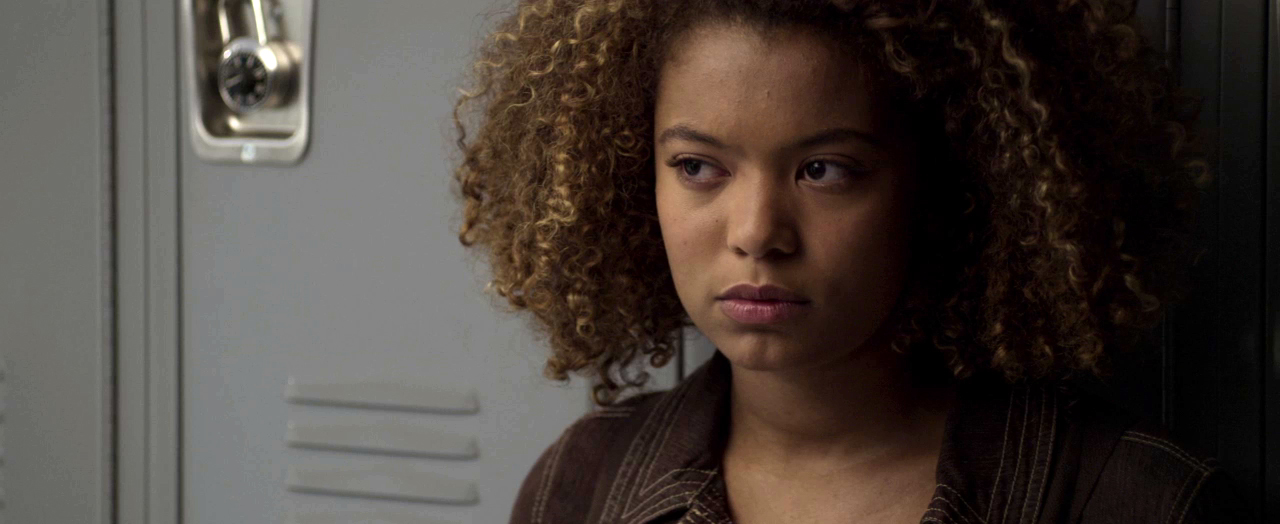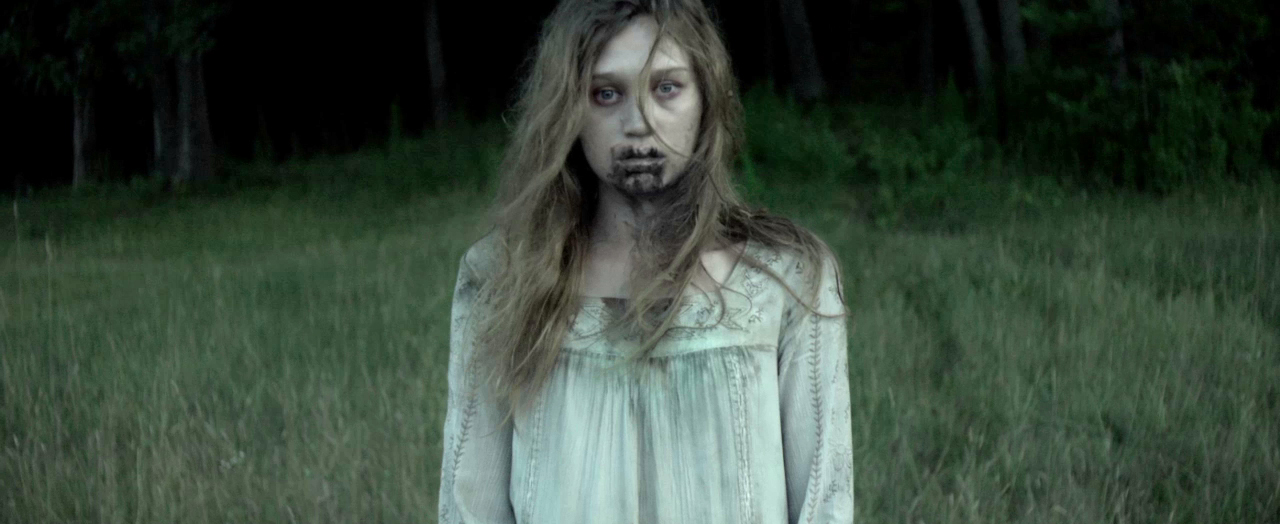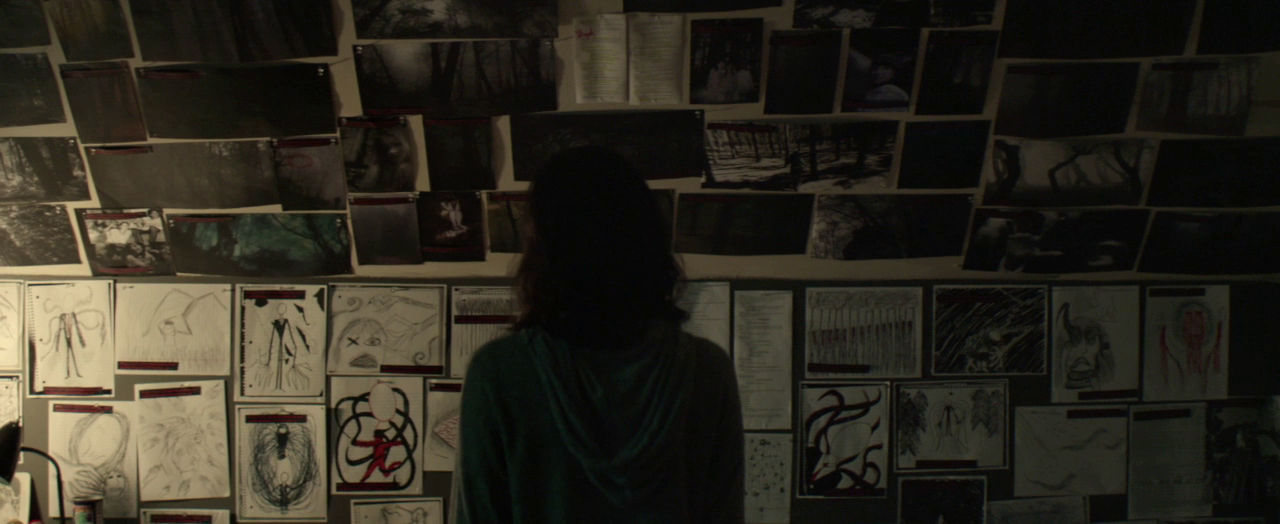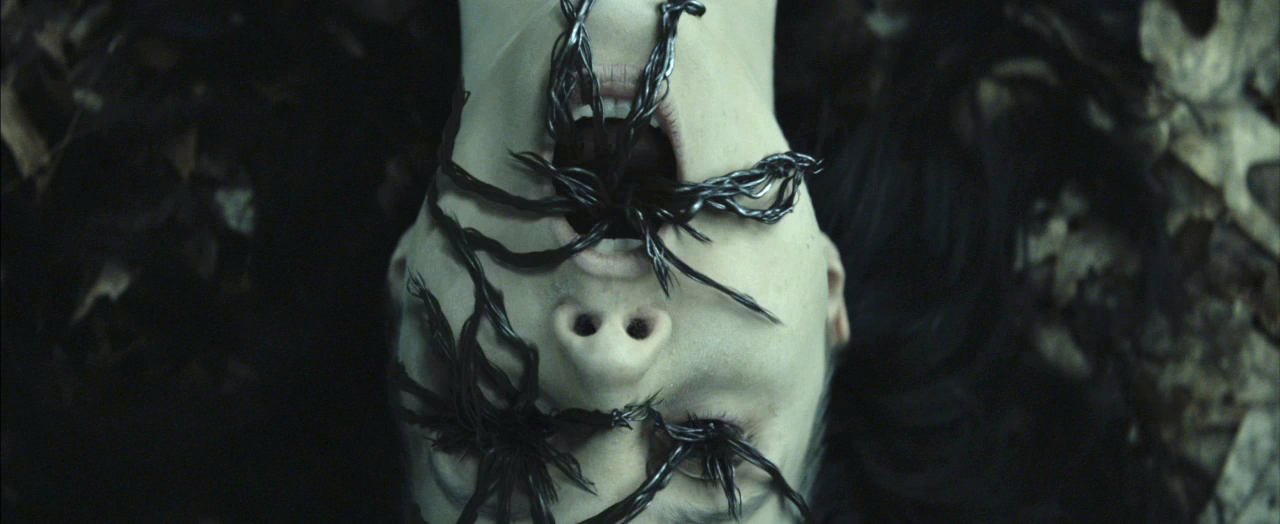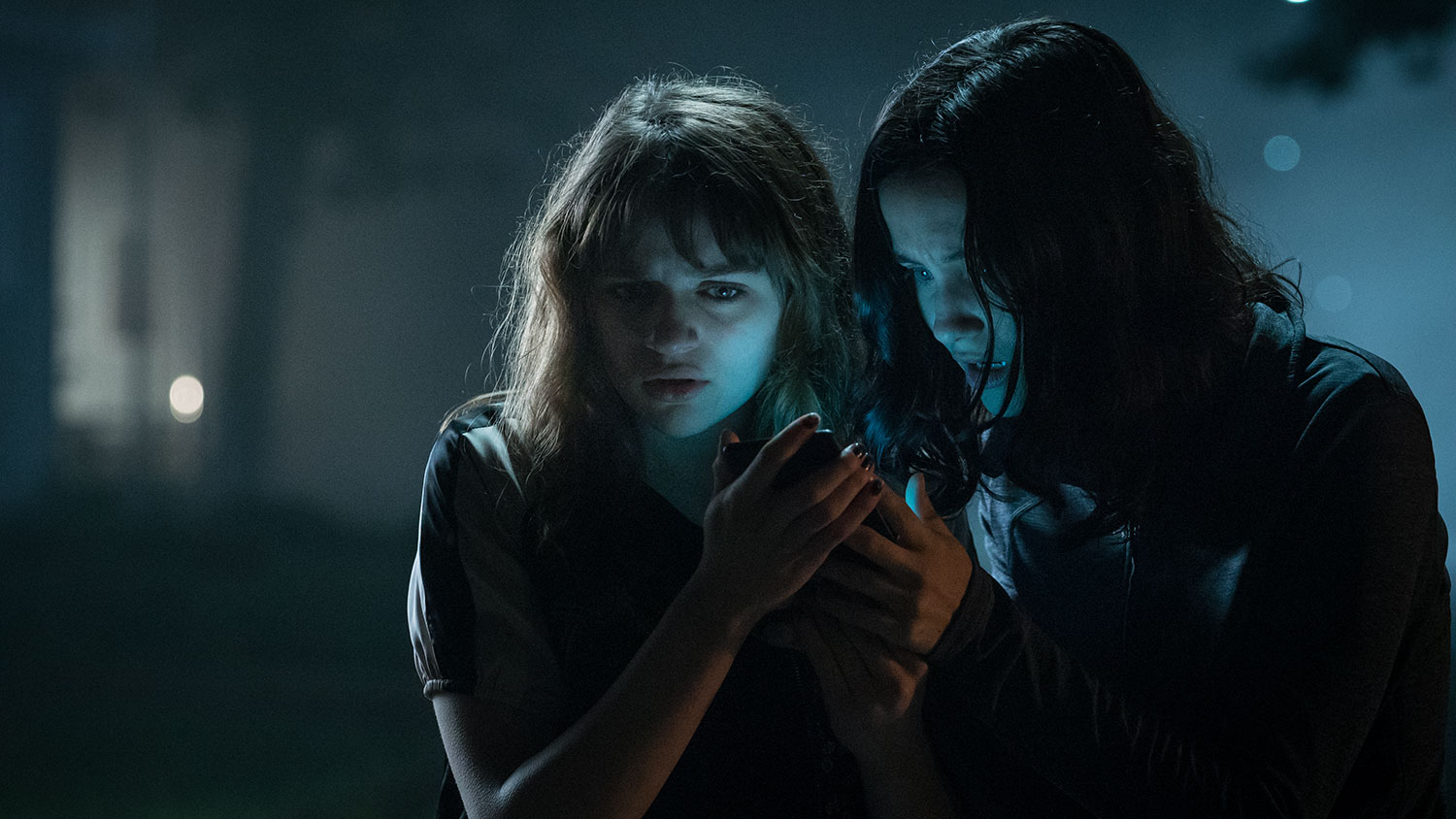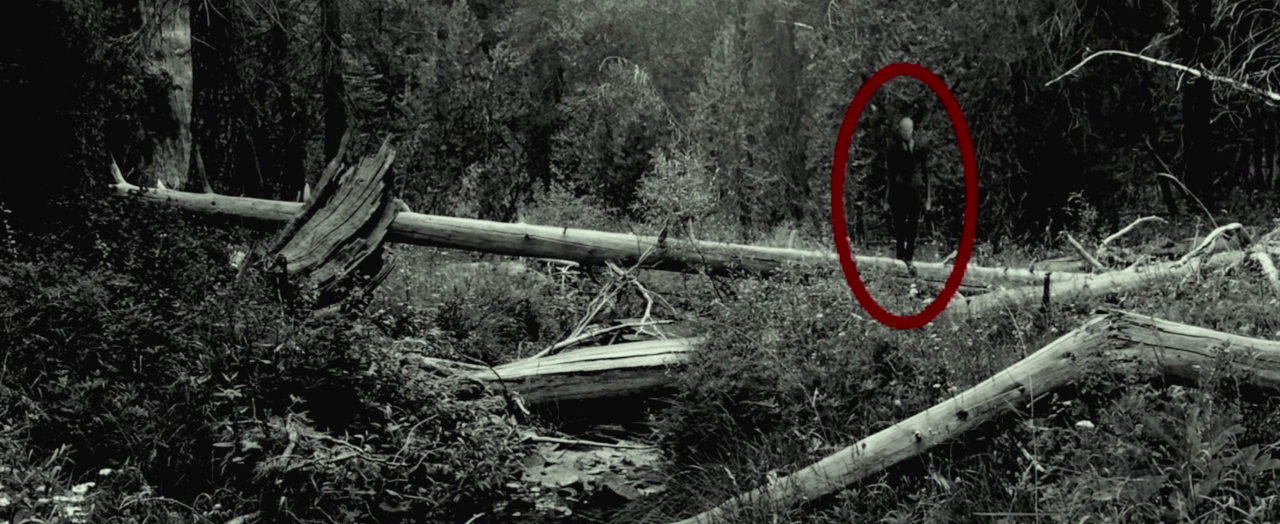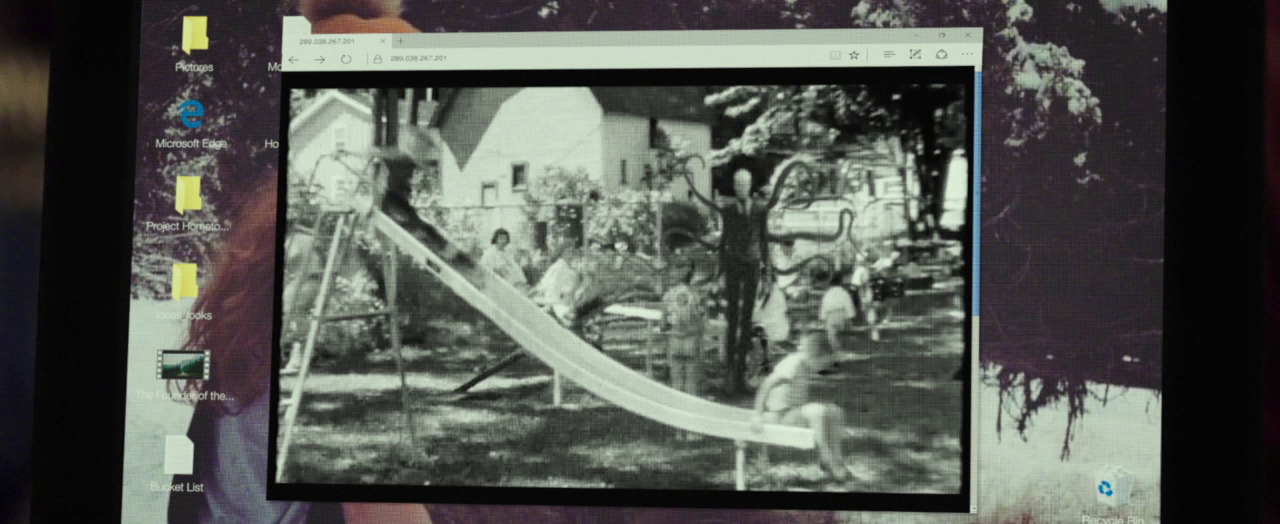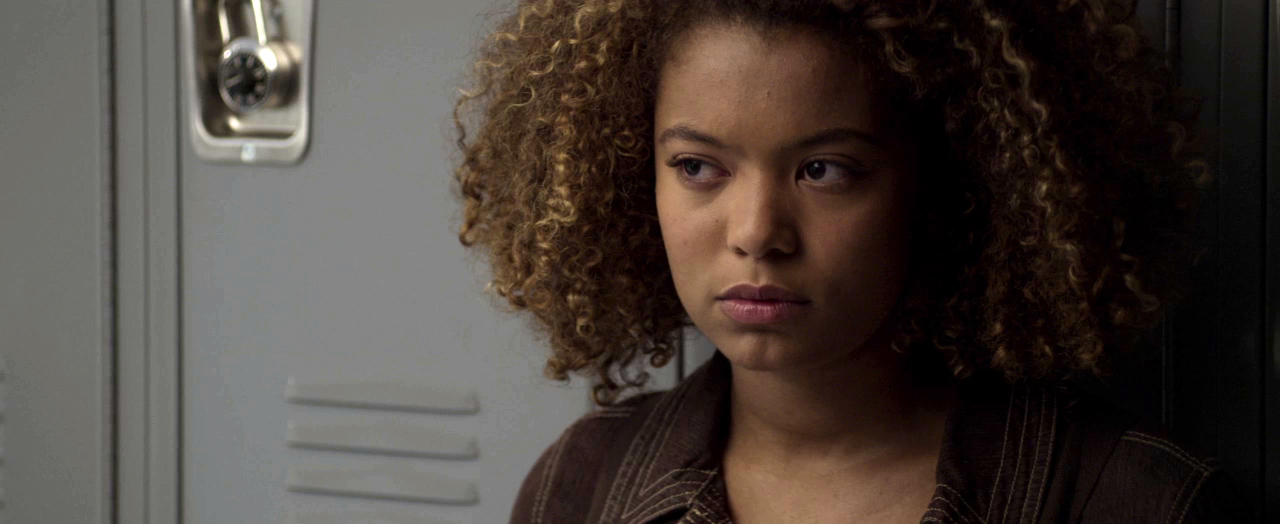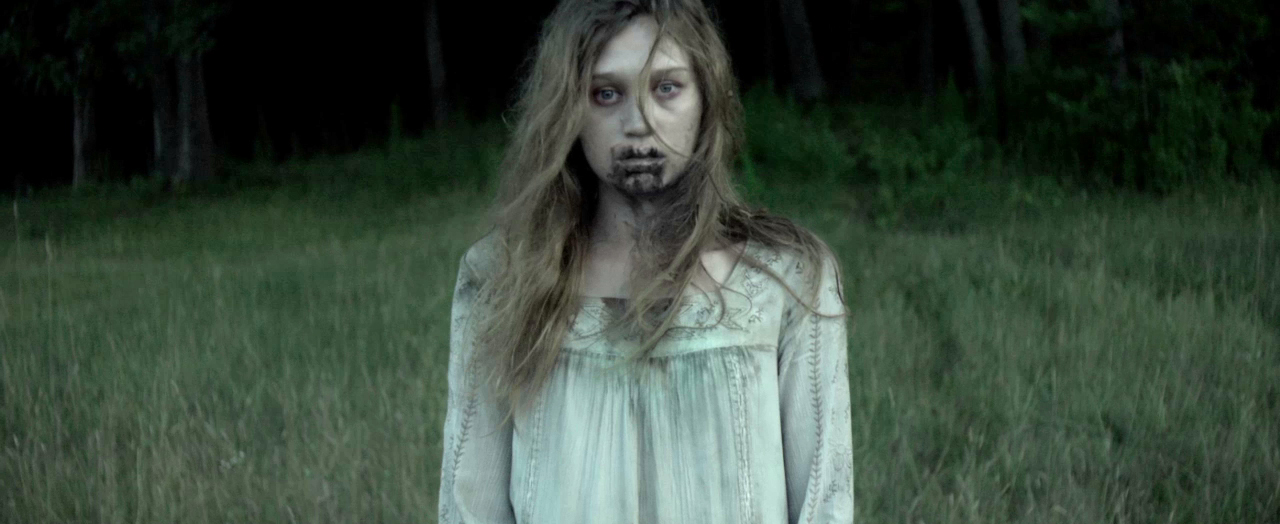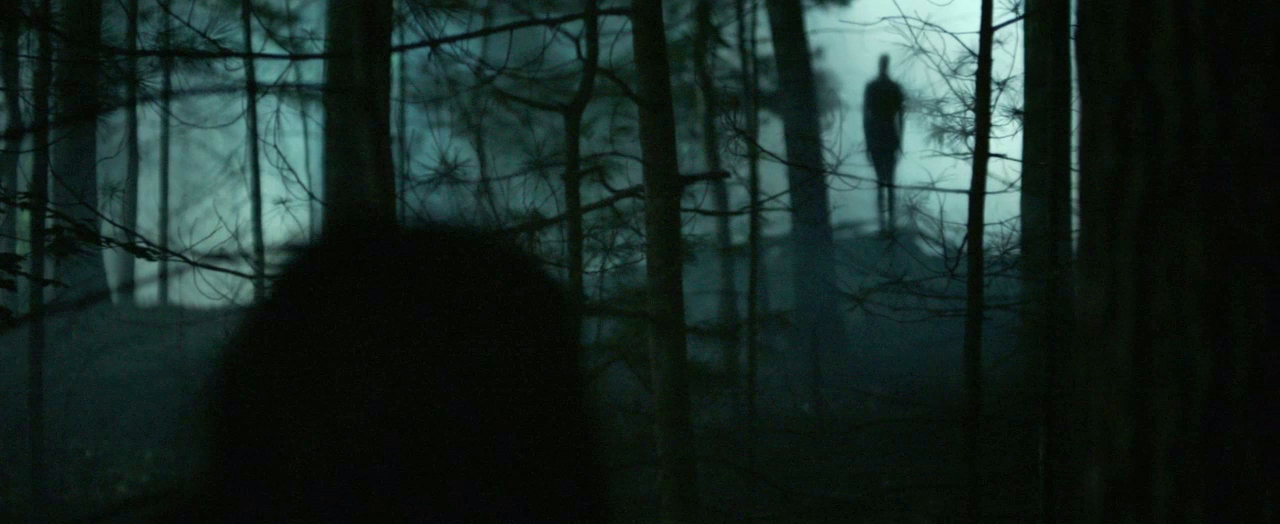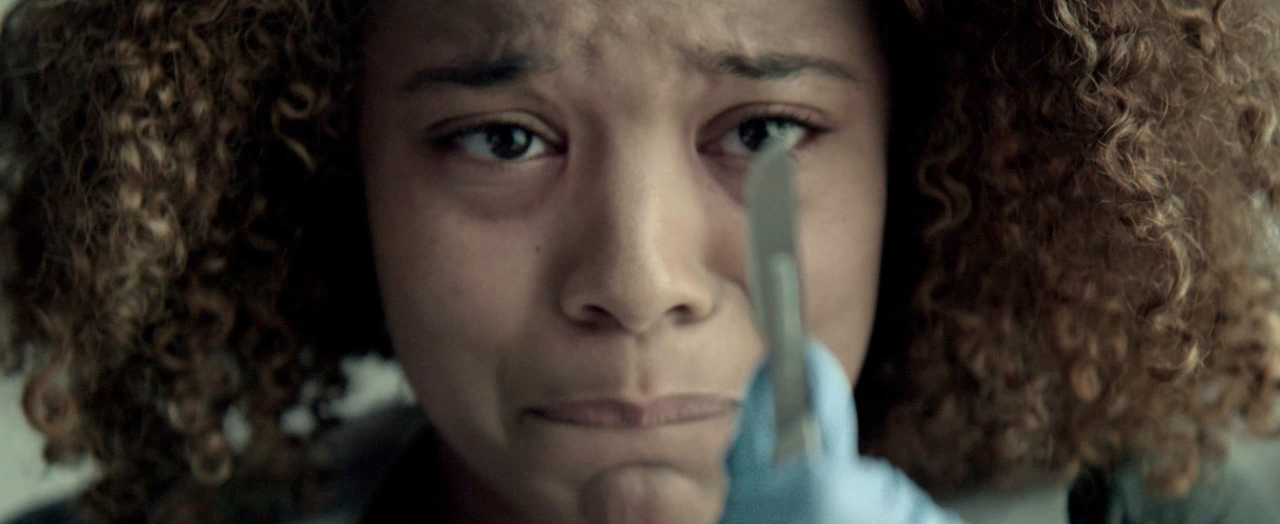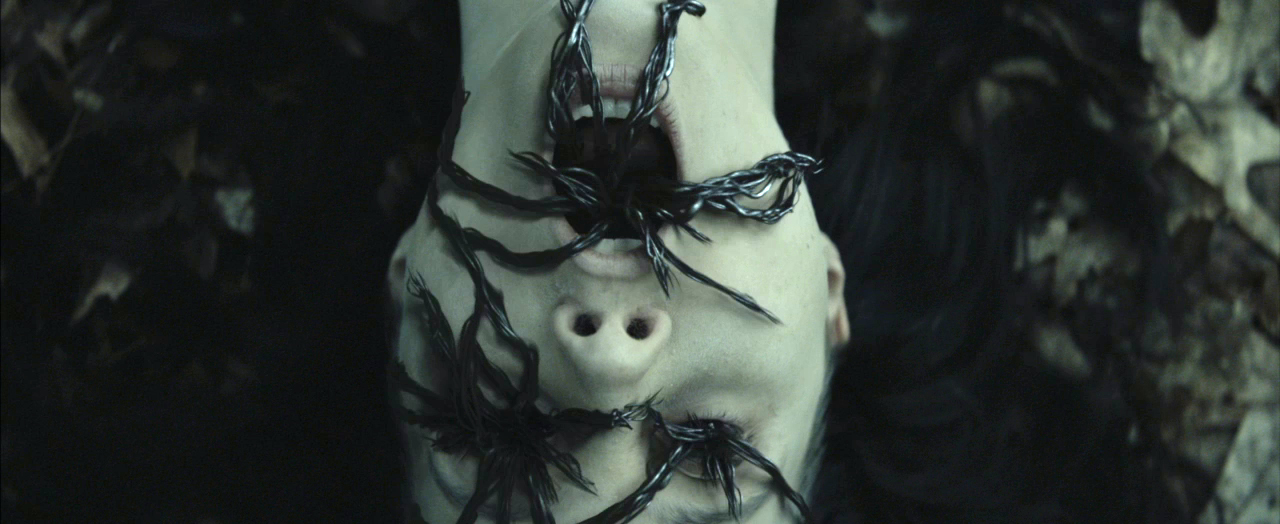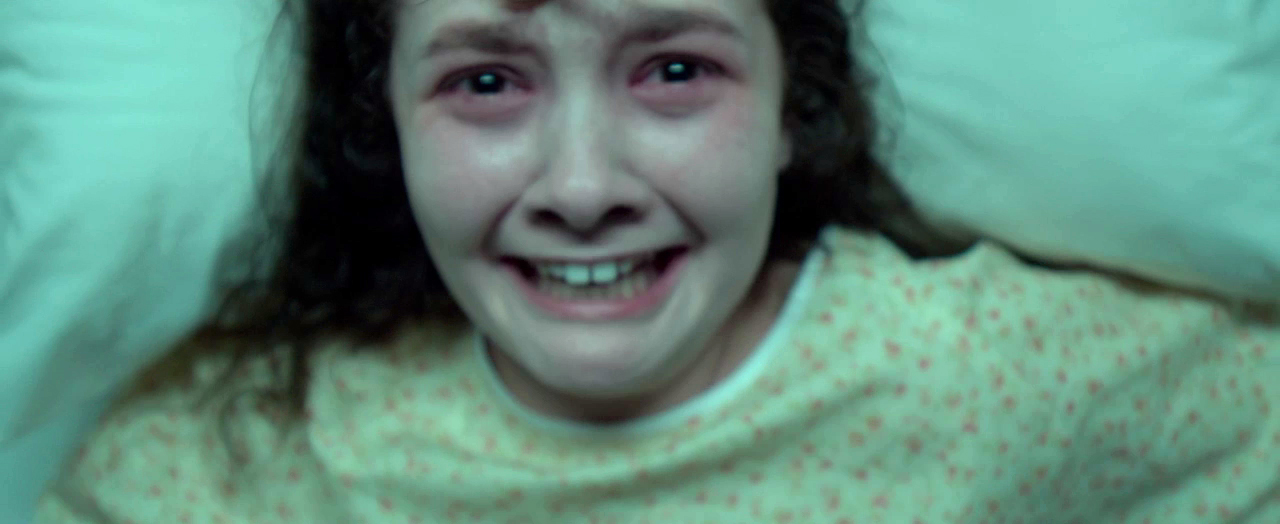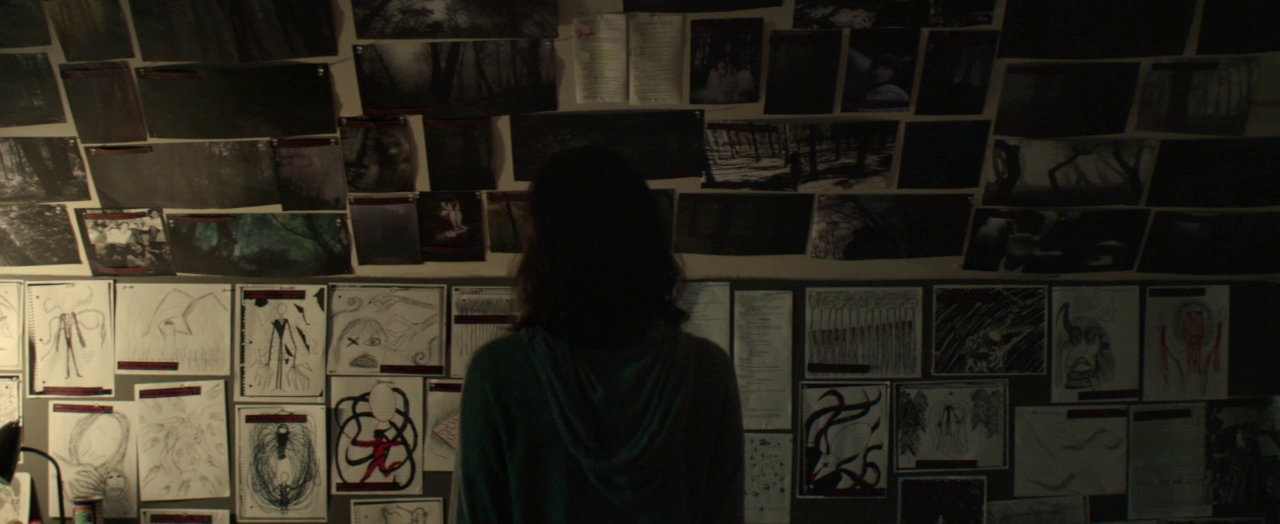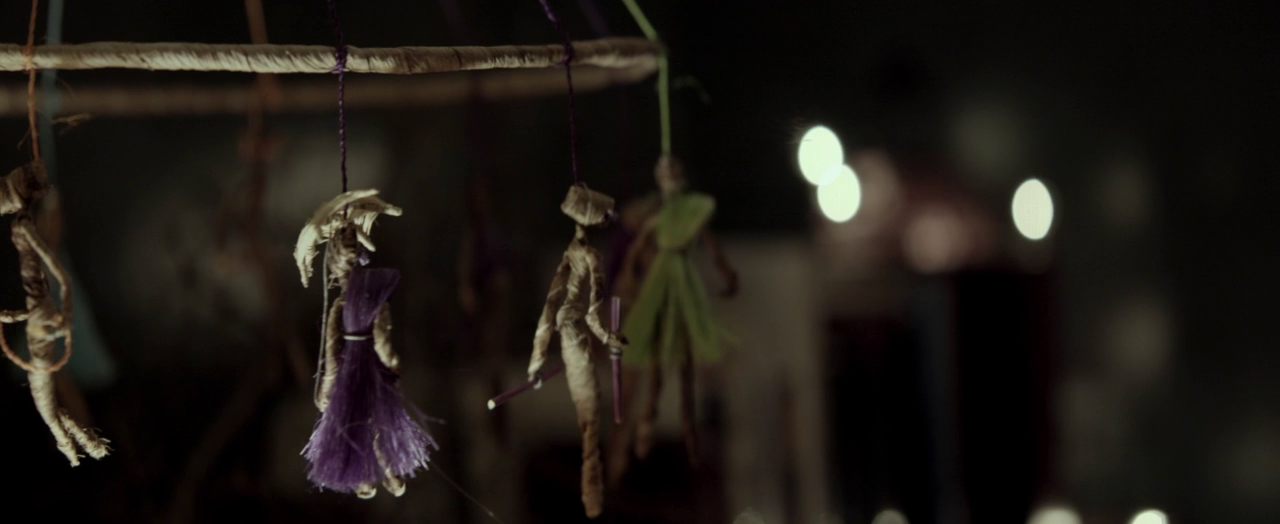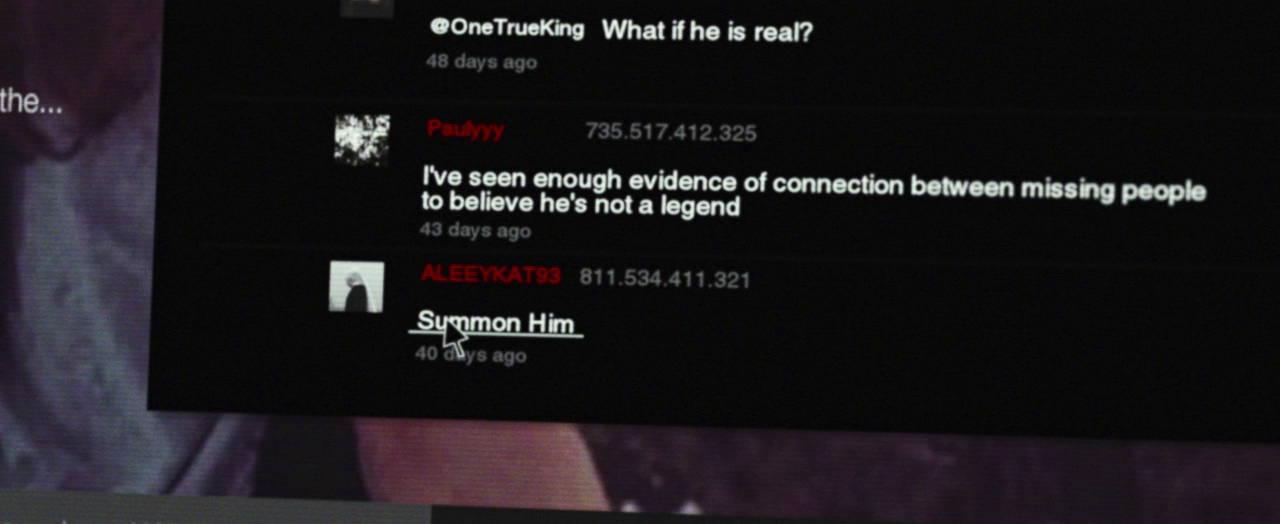About midway through Slender Man, there’s a scene in which several of the film’s teenage protagonists huddle around a laptop while researching the titular, supernatural entity tormenting them. The camera focuses on the actors and the narrative exposition their conversation provides, but in the background, their shadows ever-so-subtly merge into the profile of Slender Man stretching up the wall and over the group.
It’s a neat trick, and unfortunately, it’s one of the very few memorable, authentically creepy moments to be found in the film.
More Horror Movie News
- ‘It: Chapter Two’: Here’s everything we know so far
- The best horror movies on Netflix right now
- ‘The Predator’ movie: Here’s everything we know so far
Truth can be stranger — and often scarier — than fiction, and that holds particularly true with the Slender Man movie.
The film follows a group of teenage girls who, having heard of the online legend, decide that it would be great fun to summon Slender Man during a sleepover. Naturally, their poor sense of judgment when it comes to invoking supernatural horrors leads to wild nightmares, unexplained disappearances, and near-constant fear — with a dose of creeping insanity — for the teens, who have a troubling affinity for hanging out in dark forests after the sun goes down.
All joking aside, though, the scares are hard to come by in Slender Man — which is disappointing, given how creatively the meme has been used in video games, photo edits, and fiction in recent years. Even the film’s trailers feel scarier than the movie, likely due to large portions of the trailer footage not appearing in the final cut.
Unfortunately, Slender Man relies a little too heavily on repetition of the same scare effects.
Unfortunately, Slender Man relies a little too heavily on repetition of the same scare effects, none of which are particularly, well … scary.
White frequently uses (and reuses) a distortion effect that twists characters, their faces, and the environment around the girls, warping what the audience sees. The effect is intended to provide a first-person perspective on the insanity that Slender Man has brought about in his victims, but the result is more likely to induce nausea in audiences than nightmares. In a few cases, the effect of the visual gimmick ends up looking like a photo face-swapping experiment gone wrong — which can be scary, sure, but not exactly the stuff of nightmares.
Several nightmare and daydream sequences also culminate in a sort of rapid-fire montage of pseudo-scary clips and still images that never quite achieve the desired level of fright or even surprise. For a film that seems aimed at — and in some ways, inspired by — audiences who know their way around darker corners of the internet, many of the moments in Slender Man intended to shock the audience feel disappointingly tame.
The film also suffers from an unwillingness to construct any of its own lore around its eponymous, supernatural villain.
The film never really manages to tap into what made the character a viral hit.
Slender Man has always been a vaguely defined character in the online world, and that lack of a firm back story and anything beyond a few agreed-upon characteristics helped him achieve a certain level of viral infamy. Anyone can write a Slender Man story or make a Slender Man photo because Slender Man can be just about anything (as long as there’s a thin, faceless figure represented somewhere).
That ambiguity doesn’t play as well in a narrative feature, though, and the lack of definition for the movie’s monster and the rules governing it just ends up making Slender Man less interesting as a threat. If Slender Man can be anywhere and do anything and no one knows why or how or what to do to save themselves, what’s the point?

Perhaps the most frustrating aspect of Slender Man is that the film never really manages to tap into what made the character a viral hit, no matter how clumsily — and often half-heartedly — it attempts to insert itself into the character’s legend. The argument can certainly be made that Slender Man is an attempt to cash in on the internet meme (because that’s what it is, among other things), but the film’s flaws go well beyond simple greed. It doesn’t fail to understand what makes the Slender Man meme so creepy, because it never really tries.
Light on both scares and substance, Slender Man turns one of the internet’s most frightening fictional characters into an entirely forgettable plot point in a story that isn’t even that scary — and that’s the most memorable thing about it.
